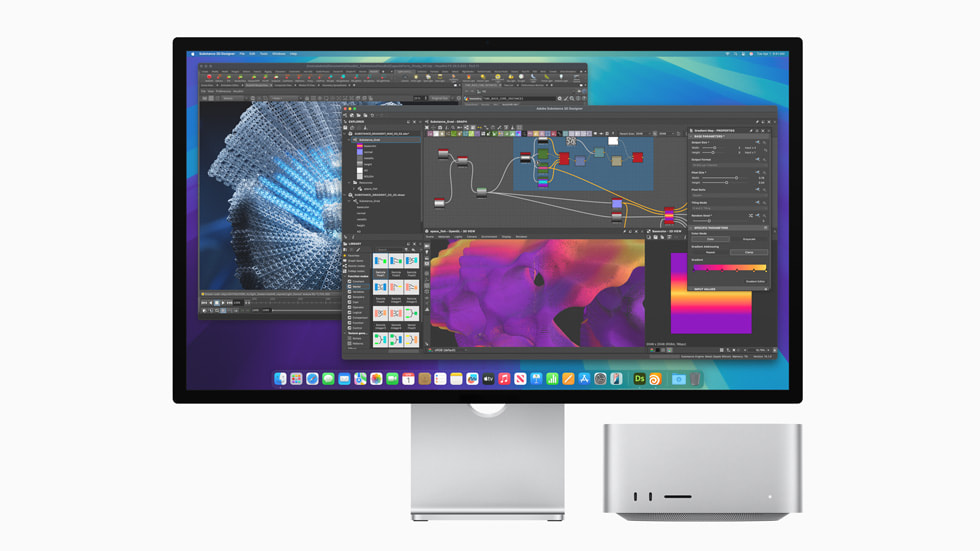

Mac Studio. While it is predictable that entry-level versions of chips will eventually rival older, higher-performing processors, Apple not only accomplished this feat in just three years but also enabled the company to deliver the equivalent performance of a $4,000 system for only $1,599.
The M5 chip equals the M1 Ultra in multi-core performance in Geekbench assessments. Notably, this new processor is comparable to the binned M3 Max chip, another strong Apple processor. Additionally, the M5 chip boasts the highest single-core scores for any Mac or PC processor in the Geekbench 6 database, achieving a score of 4,263. Previously, the highest single-core score was held by the M4 Max chip found in the 16-inch MacBook Pro — 3,914.
Currently, Apple has only launched the M5 chip featuring next-generation AI graphics. Early next year, the company is anticipated to unveil the M5 Pro and M5 Max versions of this processor, significantly enhancing the CPU, GPU, and Neural Engine capabilities. Though the M5 Ultra may take longer to debut, Apple has been excelling with its M-series processors. With the M5 generation, Apple is prioritizing GPU improvements, delivering 30% quicker performance than the M4. This enhancement results from a new 10-core GPU, with each core featuring a dedicated Neural Accelerator — providing over 4x the peak GPU computing power of the prior model.
In addition, Apple presents the third iteration of its ray-tracing engine, a new 16-core Neural Engine designed specifically for AI tasks, and a new 153GB/s unified memory bandwidth, showing a nearly 30% rise compared to the M4. This advancement makes it superior for executing